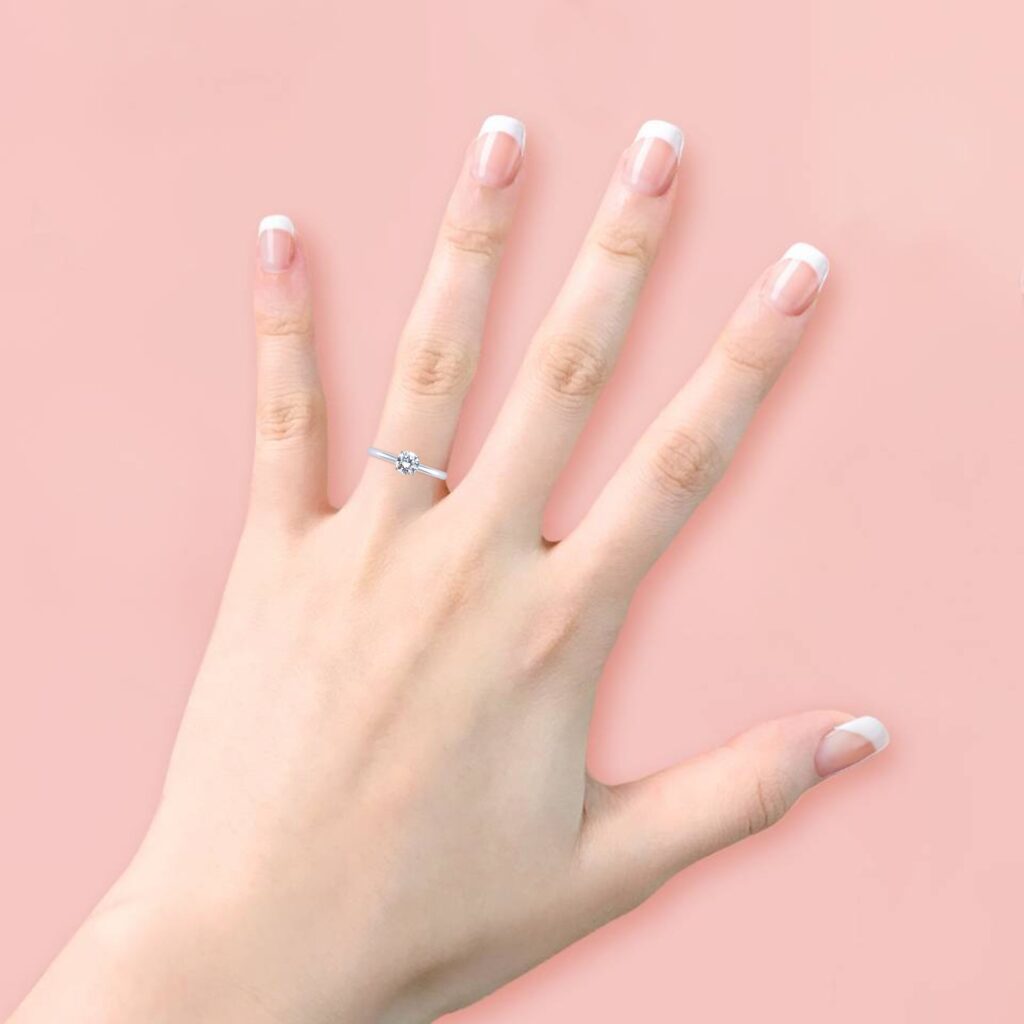

Pictured with a brilliant-cut 0.5ct 4.5mm VVS1, K ideal/excellent lab-grown diamond. Available in 14K yellow, rose, white gold, palladium white gold, or platinum.

With earrings and jewelry which has multiple diamonds, we always state the total number of carats of all the diamonds.Pictured here in 14K palladium white gold with a matte finish. Some of our color diamonds are treated to enhance their color.ĬARAT: The weight of diamonds is quoted in carats (ct), expressed to two decimal places, for example 0.25 ct. Other colors of diamonds are simply called fancy. N to Z – diamonds with a brown-yellow color.K to M – diamonds with a touch of yellow.I1, I2, I3 (Included), also labeled as “P” in the Czech Republic – diamonds with medium to larger inclusions visible to the naked eye.ĬOLOR: The color of colorless to yellow diamonds is evaluated based on an international scale:.SI 1, SI 2 (Slightly Included) – diamonds with inclusions which can be seen with a magnifying glass,.VS 1, VS 2 (Very Slightly Included) – diamonds with small inclusions,.VVS 1, VVS 2 (Very Very Slightly Included) – diamonds with very small inclusions,.IF (Internally Flawless) – clear diamonds without any inclusions,.Diamonds can also be cut into a wide array of “fantasy” cuts which include the marquise, baguette, heart, teardrop, oval, and princess (a three-sided or four-sided cut with sharp corners which is especially popular for engagement rings).ĬLARITY: Clarity is determined by the number, size, and distribution of any inclusions (internal impurities) in a diamond: The most popular cut is a round one known as the brilliant cut. These four properties then significantly influence the price of a diamond.ĬUT: The right cut gives a diamond its radiant luster. In the process of evaluating and certifying diamonds, they are assessed based on four fundamental parameters which are called the 4Cs: cut, clarity, color, and carat.


 0 kommentar(er)
0 kommentar(er)
